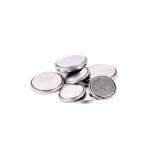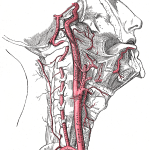Jimmy Carter is reportedly doing well, recovering from surgery for a broken hip sustained after the 94-year-old former president fell at his home. With falls among the top five leading causes of preventable death, context is paramount.
trauma
New research analyzed the rate of foreign-body ingestion in young children, only to determine it increased by over 90% over the study’s 21-year period. Though the items and circumstances vary, no age is spared. And preventable injury is quite costly.
Whether occupationally, recreationally, or induced by a run-of-the-mill activity, ocular issues involving objects is not rare. And the summer is a prime time for things, propelled by the wind, to land in the eye.
With brutal temperatures now plaguing millions of Americans, especially in the midwest and northeast, it's as good a time as any to debunk myths connected to cold-related injuries.
By encouraging the avoidance of unpleasant things and equalizing all degrees of suffering, our culture has overcorrected to the point of hampering child development.
Researchers, believe it or not, ingested Lego toys to see how quickly they could be, um, excreted. Yes, this actually took place. This "work" was published in a journal.
Did you know all falls are not alike, and why that is the case? Or why every rib fracture is not the same? Here are a few factors that influence prognosis.
Surviving and thriving after penetrating traumas depends on two key factors.
Not unlike government or healthcare metrics, the focus on Sen. McCaskill's injury after she received the life-saving Heimlich maneuver is inherently flawed.
Let's take a look at creepy crawlers, like leeches and fish, and how they wreak havoc when accidentally inhaled. Wait, what? Yes, inhaled.
Did our lost presidents surpass the life expectancy of their respective generations because of their access to superior medical care? The answer might surprise you.
A recent report on expanding the use of science in suspected homicides details the challenges of determining time of death after a long post-mortem interval. Estimating this interval is essential within forensic science dating back to 1894, when body decay stages and decomposition were first defined.











